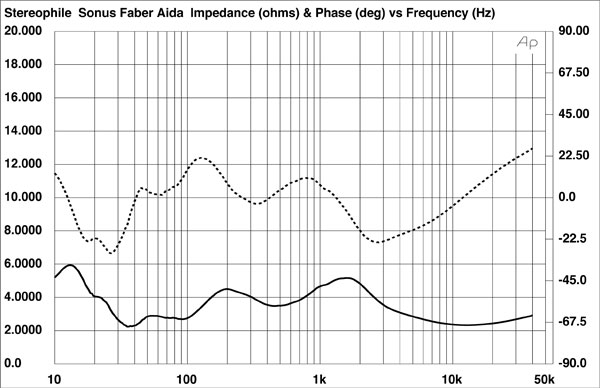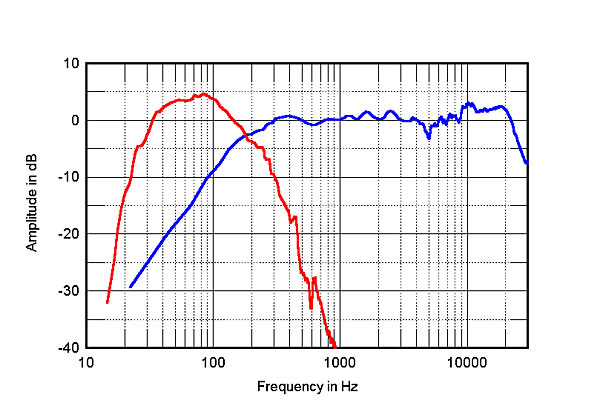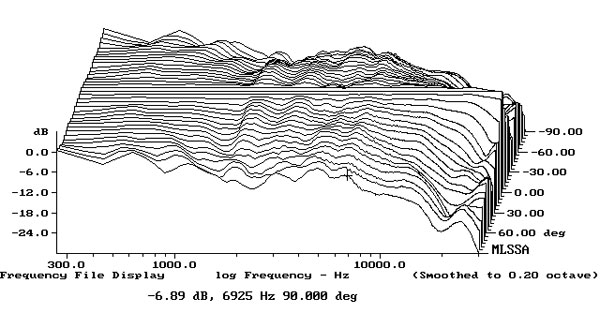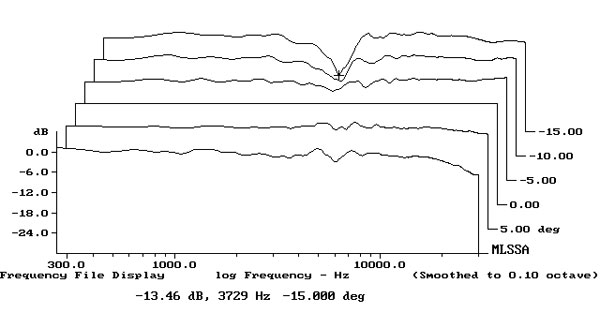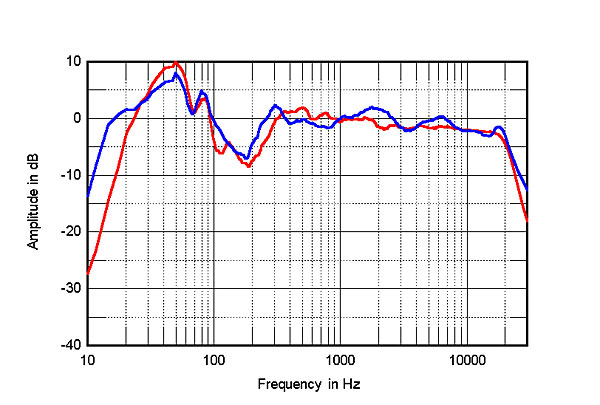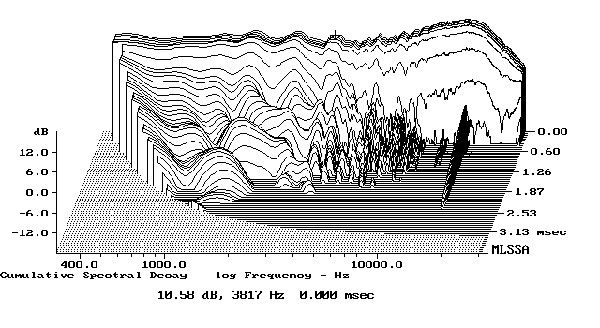| Columns Retired Columns & Blogs |
So a $130,000 loudspeaker can "fart"..? I'm sorry, but this just explains what's wrong in high-end audio these days. I began my journey into truthful audio reproduction in the eighties, not being impressed by the acronyms of the day, only interested in the sound that caught my ears. You guys apparently always get so excited to review a 6-figure product that you seem to forget about being objective.. This is still a MDF box with some drivers. Cabinet is not made of gold. Drivers are not beryllium, or even diamond. This industry has gone sick. I'm sure they will sell, but not because they sound good (which I'm sure they do, BTW), but because they are an ultra expensive add-on to your lifestyle. Like a Rolex, although without diamonds....
If something TRULY comes along as being groundbreaking and advancing the technology, sure, slap a high price tag on it. An example, Bang & Olufsen Beolab 90? At a lower, reasonable price point, maybe the Kii..??
But this....
